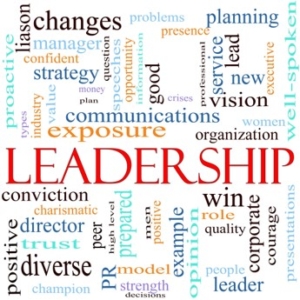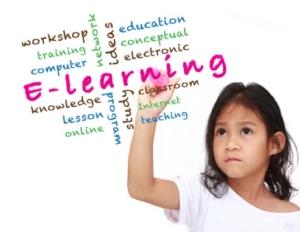Education Made Social
Education Made Social
We seem to be in a quandary these days. Either we are engrossed in our telephones or social media getting high on endorphins every time we get a hit or a wave, or we are self-absorbed in thoughts about where we are and what we will do in life. It is a complicated time. This year we are going to attempt to break through this wall of uncertainty. We want to make our learning platform social.
This year we are going to create “Chat Rooms.” There will be one for each operational discipline in a dealership. Parts, Service, Product Support Sales and Marketing. The purpose is to provide a resource to our students, and other interested people, to pose a question and start a “chat” on various thoughts and ideas pertaining to the point at hand. We will also be involved in these chat rooms so we can stay current on the thinking of our student base and their market place.
We will also begin a new “Podcast.” This will be a monthly event once we get it together and understand how to create the podcast and make it a “must hear event.” I will be having a brief discussion sometimes on a “Zoom” meeting so that there can be a “virtual” in person interaction. Sometimes, I will just do this on a telephone call. We will conduct these podcasts with people who I consider to be thought leaders, industry leaders and sometimes people who happen to be very curious.
Learning should not just be between a student and a teacher it needs to become a part of our lives. Self-improvement is a necessity with the rapidly changing world we live in today.
The Time is Now.



